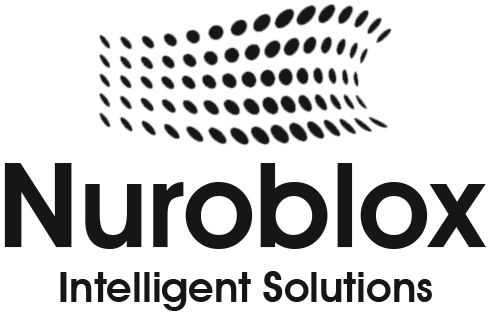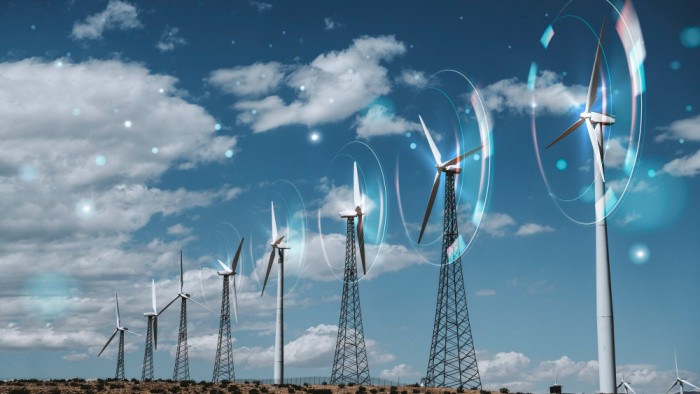How the Energy Sector Is Leveraging AI to Automate Workflows
The energy sector is undergoing a profound transformation, driven by the dual pressures of increasing demand and the urgent need for sustainability. As utilities, oil and gas companies, and renewable energy providers grapple with complex operations and vast data streams, artificial intelligence (AI) is emerging as a powerful ally. From predictive maintenance to smart grid optimization, AI is automating workflows that were once manual, slow, and error-prone, unlocking new levels of efficiency, reliability, and innovation.
By integrating AI into core processes, energy companies are not only reducing operational costs but also enhancing decision-making, improving safety, and accelerating their transition to cleaner energy sources. This blog explores how AI is reshaping the energy landscape, the key areas of impact, and what the future holds for intelligent automation in this vital industry.
Role of AI in Energy Workflow Automation
Artificial Intelligence is playing a pivotal role in reshaping how energy companies operate, manage resources, and respond to dynamic market and environmental conditions. By embedding AI into core workflows, the energy sector is achieving smarter, faster, and more sustainable operations.
1. Data-Driven Decision-Making
Energy systems generate massive amounts of data from sensors, smart meters, weather forecasts, and market trends. AI algorithms analyze this data in real time to support decisions on energy distribution, load balancing, and asset management.
- Example: AI models predict peak demand periods and adjust grid operations to prevent outages.
2. Predictive Maintenance
AI enables predictive maintenance by analyzing equipment performance data to forecast failures before they occur. This reduces downtime, extends asset life, and lowers maintenance costs.
- Example: Wind turbines equipped with AI sensors alert operators to potential mechanical issues days in advance.
3. Smart Grid Optimization
AI helps manage and optimize smart grids by forecasting energy demand, automating load distribution, and integrating renewable sources efficiently.
- Example: AI systems dynamically reroute electricity based on real-time consumption and generation data.
4. Renewable Energy Forecasting
AI improves the reliability of renewable energy by forecasting solar and wind output using weather data and historical performance.
- Example: Solar farms use AI to predict energy generation and adjust storage systems accordingly.
5. Energy Trading and Market Intelligence
AI algorithms analyze market data to optimize trading strategies, predict price fluctuations, and identify arbitrage opportunities.
- Example: AI-powered platforms help energy traders make split-second decisions based on real-time market signals.
6. Automation of Customer Services
AI chatbots and virtual assistants handle billing inquiries, outage reports, and energy usage questions, improving customer experience and reducing operational load.
- Example: Utility companies use AI to provide personalized energy-saving tips based on customer consumption patterns.
Key Areas Where AI Is Automating Energy Workflows

AI is revolutionizing the energy sector by automating critical workflows across generation, distribution, maintenance, and customer engagement. Below are the most impactful areas where AI is driving automation and innovation:
1. Smart Grid Management
AI enables real-time monitoring and control of smart grids, optimizing energy flow based on demand, supply, and grid conditions.
- Impact: Reduces energy waste, prevents outages, and improves grid reliability.
- Example: AI systems reroute electricity during peak hours to balance load and avoid blackouts.
2. Predictive Maintenance of Equipment
Machine learning models analyze sensor data from turbines, transformers, and pipelines to predict failures before they occur.
- Impact: Minimizes downtime, lowers maintenance costs, and extends asset life.
- Example: AI alerts operators to vibration anomalies in wind turbines, preventing costly breakdowns.
3. Renewable Energy Forecasting
AI uses weather data and historical performance to forecast solar and wind energy output, helping balance intermittent supply.
- Impact: Enhances grid stability and maximizes renewable energy utilization.
- Example: Solar farms use AI to predict energy generation and adjust battery storage accordingly.
4. Energy Trading and Market Analytics
AI algorithms analyze market trends, regulatory changes, and consumption patterns to optimize trading strategies.
- Impact: Improves profitability and reduces risk in volatile energy markets.
- Example: AI platforms help traders forecast electricity prices and automate buy/sell decisions.
5. Demand Forecasting and Load Balancing
AI predicts energy consumption patterns across regions and timeframes, enabling proactive load distribution.
- Impact: Prevents overloads and improves energy efficiency.
- Example: Utilities use AI to anticipate residential energy spikes during heatwaves.
6. Customer Engagement and Billing Automation
AI chatbots and virtual assistants handle customer queries, automate billing, and provide personalized energy-saving recommendations.
- Impact: Enhances customer experience and reduces operational workload.
- Example: AI systems detect billing anomalies and notify customers instantly.
7. Environmental Monitoring and Compliance
AI processes satellite imagery, sensor data, and emissions reports to ensure compliance with environmental regulations.
- Impact: Supports sustainability goals and reduces regulatory penalties.
- Example: AI tracks carbon emissions from power plants and generates automated compliance reports.
Benefits of AI Workflow Automation in Energy
AI-driven workflow automation is delivering transformative benefits across the energy sector, helping companies operate more efficiently, sustainably, and competitively. Here are the key advantages:
Increased Operational Efficiency: AI automates repetitive and time-consuming tasks such as data entry, monitoring, and reporting. This allows energy companies to streamline operations and focus human resources on strategic decision-making.
Enhanced Predictive Capabilities: AI models can forecast equipment failures, energy demand, and renewable output with high accuracy. These insights enable proactive maintenance and better resource planning.
Real-Time Decision-Making: AI systems process vast amounts of data in real time, enabling quick responses to change grid conditions, market fluctuations, or environmental factors.
Improved Sustainability: AI helps optimize energy consumption and integrate renewable sources more effectively. It also supports emissions tracking and environmental compliance.
Cost Reduction: By automating workflows and improving forecasting accuracy, AI reduces waste, minimizes maintenance expenses, and enhances energy trading strategies.
Better Customer Experience: AI-powered chatbots, billing systems, and personalized energy insights improve customer engagement and satisfaction.
Conclusion
AI is no longer a futuristic concept in the energy sector; it’s a practical tool driving real-world transformation. From predictive maintenance and smart grid optimization to renewable energy forecasting and customer service automation, AI is streamlining workflows, reducing costs, and enhancing sustainability. As energy companies continue to embrace intelligent automation, they position themselves to meet growing demand, navigate market volatility, and accelerate the transition to cleaner, smarter energy systems. The future of energy is not just digital, it’s intelligent.


